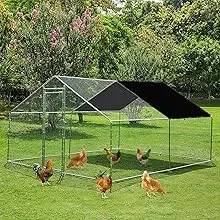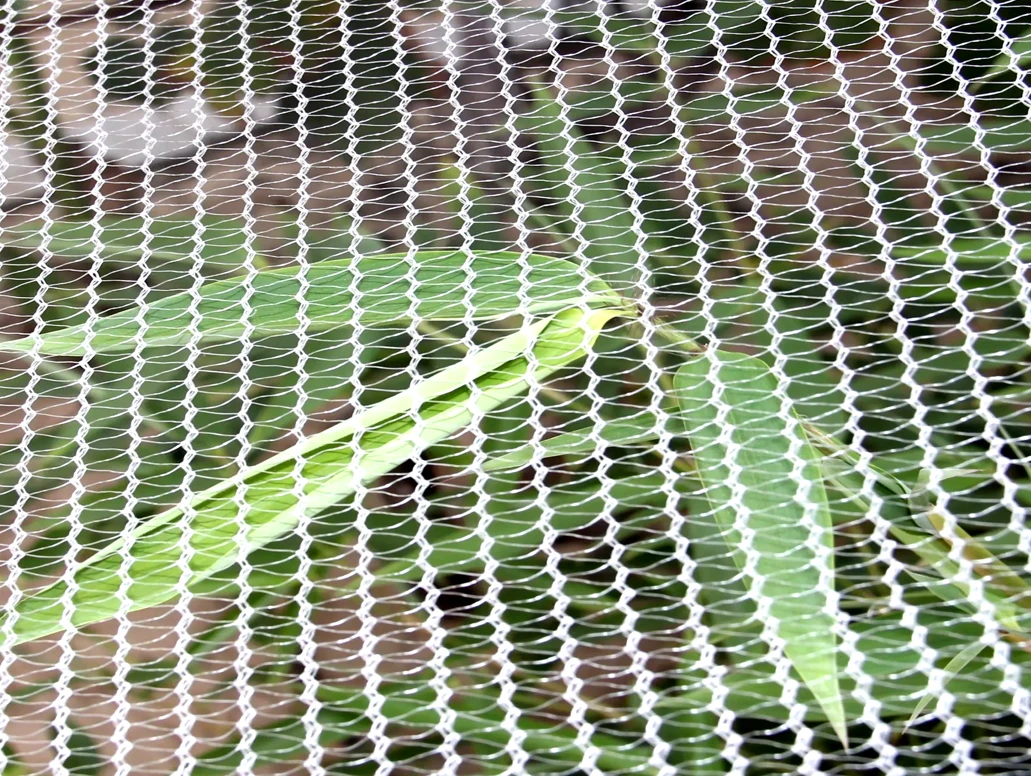-
 Afrikaans
Afrikaans -
 Albanian
Albanian -
 Amharic
Amharic -
 Arabic
Arabic -
 Armenian
Armenian -
 Azerbaijani
Azerbaijani -
 Basque
Basque -
 Belarusian
Belarusian -
 Bengali
Bengali -
 Bosnian
Bosnian -
 Bulgarian
Bulgarian -
 Catalan
Catalan -
 Cebuano
Cebuano -
 China
China -
 Corsican
Corsican -
 Croatian
Croatian -
 Czech
Czech -
 Danish
Danish -
 Dutch
Dutch -
 English
English -
 Esperanto
Esperanto -
 Estonian
Estonian -
 Finnish
Finnish -
 French
French -
 Frisian
Frisian -
 Galician
Galician -
 Georgian
Georgian -
 German
German -
 Greek
Greek -
 Gujarati
Gujarati -
 Haitian Creole
Haitian Creole -
 hausa
hausa -
 hawaiian
hawaiian -
 Hebrew
Hebrew -
 Hindi
Hindi -
 Miao
Miao -
 Hungarian
Hungarian -
 Icelandic
Icelandic -
 igbo
igbo -
 Indonesian
Indonesian -
 irish
irish -
 Italian
Italian -
 Japanese
Japanese -
 Javanese
Javanese -
 Kannada
Kannada -
 kazakh
kazakh -
 Khmer
Khmer -
 Rwandese
Rwandese -
 Korean
Korean -
 Kurdish
Kurdish -
 Kyrgyz
Kyrgyz -
 Lao
Lao -
 Latin
Latin -
 Latvian
Latvian -
 Lithuanian
Lithuanian -
 Luxembourgish
Luxembourgish -
 Macedonian
Macedonian -
 Malgashi
Malgashi -
 Malay
Malay -
 Malayalam
Malayalam -
 Maltese
Maltese -
 Maori
Maori -
 Marathi
Marathi -
 Mongolian
Mongolian -
 Myanmar
Myanmar -
 Nepali
Nepali -
 Norwegian
Norwegian -
 Norwegian
Norwegian -
 Occitan
Occitan -
 Pashto
Pashto -
 Persian
Persian -
 Polish
Polish -
 Portuguese
Portuguese -
 Punjabi
Punjabi -
 Romanian
Romanian -
 Russian
Russian -
 Samoan
Samoan -
 Scottish Gaelic
Scottish Gaelic -
 Serbian
Serbian -
 Sesotho
Sesotho -
 Shona
Shona -
 Sindhi
Sindhi -
 Sinhala
Sinhala -
 Slovak
Slovak -
 Slovenian
Slovenian -
 Somali
Somali -
 Spanish
Spanish -
 Sundanese
Sundanese -
 Swahili
Swahili -
 Swedish
Swedish -
 Tagalog
Tagalog -
 Tajik
Tajik -
 Tamil
Tamil -
 Tatar
Tatar -
 Telugu
Telugu -
 Thai
Thai -
 Turkish
Turkish -
 Turkmen
Turkmen -
 Ukrainian
Ukrainian -
 Urdu
Urdu -
 Uighur
Uighur -
 Uzbek
Uzbek -
 Vietnamese
Vietnamese -
 Welsh
Welsh -
 Bantu
Bantu -
 Yiddish
Yiddish -
 Yoruba
Yoruba -
 Zulu
Zulu
farm netting
The Importance of Farm Netting Protecting Crops and Enhancing Sustainability
In the realm of modern agriculture, the challenges facing farmers have become increasingly complex. With the rise of climate change, pest invasions, and the necessity for sustainable practices, the search for effective solutions is more critical than ever. One innovative approach that has gained traction in recent years is the use of farm netting. This technique not only protects crops but also contributes to a more sustainable farming environment.
Farm netting refers to the use of mesh materials that cover crops to shield them from various threats. These threats include pests, birds, and harmful weather conditions, all of which can significantly impact yields. By implementing farm netting, growers can create a protective barrier around their crops, allowing them to thrive while minimizing damage and loss.
One of the primary advantages of farm netting is its effectiveness in pest control
. Conventional pest management strategies often rely heavily on chemical pesticides, which can have detrimental effects on the environment and human health. In contrast, netting provides a physical barrier that prevents pests from reaching the crops without the need for harmful chemicals. This not only helps maintain the integrity of the food supply but also promotes a healthier ecosystem.Farm netting also plays a vital role in protecting crops from birds and other wildlife. Many small fruits and vegetables are particularly vulnerable to being eaten by birds, which can lead to significant losses in harvest. By utilizing netting, farmers can create an environment where their crops can grow undisturbed, leading to higher yields and better quality produce.
farm netting

Moreover, netting can protect crops from unpredictable weather conditions. Extreme weather events, such as hailstorms or heavy rainfall, can devastate crops in a matter of minutes. Farm netting acts as a safeguard, reducing the impact of such events and allowing seedlings to establish themselves more effectively. This is particularly crucial as climate change continues to pose new threats to agricultural production.
Sustainability is another key benefit of farm netting. As the world grapples with the realities of climate change and resource scarcity, implementing sustainable farming practices has become essential. Farm netting not only reduces the reliance on chemical pest control but also minimizes the need for excessive irrigation. By creating a microclimate under the netting, farmers can better manage moisture levels, leading to decreased water consumption and enhanced crop resilience.
Furthermore, farm netting can be part of a larger integrated pest management (IPM) strategy. This holistic approach uses a combination of biological, cultural, and physical measures to control pests and diseases. Incorporating netting into an IPM program can reduce the overall reliance on chemicals, thus promoting a safer and more environmentally friendly agricultural practice.
The implementation of farm netting is not without its challenges. Initial costs for purchasing and installing netting can be significant, particularly for small-scale farmers. However, many view this investment as a necessary step towards ensuring long-term sustainability and profitability. Additionally, the benefits—such as increased yields, reduced loss to pests, and lower chemical usage—often far outweigh the initial costs.
In conclusion, farm netting presents a valuable solution to many of the challenges faced by modern agriculture. By protecting crops from pests, birds, and unpredictable weather, it enhances productivity and sustainability. As farmers continue to seek innovative methods to adapt and thrive in an ever-changing environment, netting will undoubtedly play a critical role in the future of agriculture. Adopting this technique not only supports the livelihood of farmers but also contributes to a healthier planet, making it a win-win for producers and consumers alike.
-
The Sunshade Net Can Block Ultraviolet RaysNewsAug.11,2025
-
Main Application and Technology of Nylon ScreenNewsAug.11,2025
-
Green Anti UV Sunshade Net: The Perfect Combination of Ecological Friendliness and Practical PerformanceNewsAug.11,2025
-
Explore the Sunshade NetNewsAug.11,2025
-
Application and Development of Nylon Screen in Fuel Processing and TreatmentNewsAug.11,2025
-
Application and Advantages of Nylon Screen for AquacultureNewsAug.11,2025











